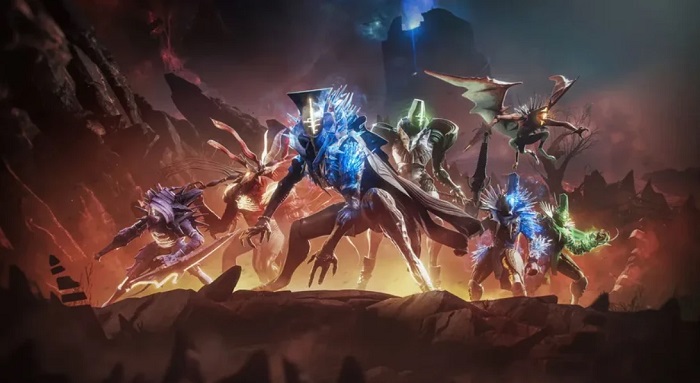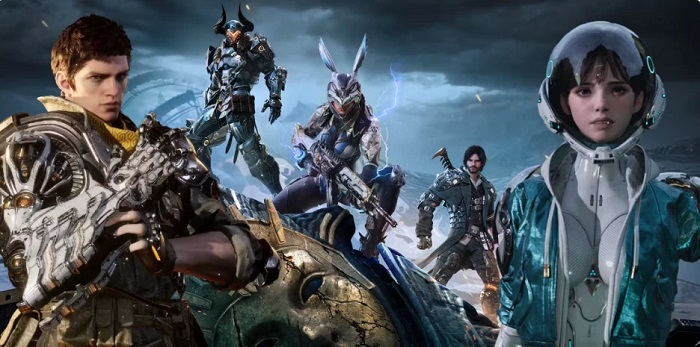The relationship between game developers and their communities is more crucial than ever. Player feedback and community engagement play a significant role in shaping the development of games like Destiny 2, The First Descendant, World of Warcraft, Diablo 4, and The Division 2. This article examines how community input influences these games and the ways developers incorporate player feedback to enhance the gaming experience.
Destiny 2: Community-Driven Evolution
Active Player Feedback
Destiny 2 has one of the most vocal and active communities in the gaming world. Bungie regularly engages with players through forums, social media, and in-game surveys. This feedback is instrumental in guiding game updates and changes. For instance, player input on weapon balancing and PvP modes has led to numerous adjustments to ensure a more enjoyable and competitive experience.
Developer Interaction
Bungie’s “This Week at Bungie” (TWAB) posts are a prime example of how developers communicate directly with their community. These weekly updates provide insights into upcoming changes, explain the rationale behind certain decisions, and respond to player concerns. This transparency helps build trust and keeps the community informed and involved.
Community Events
Community events, such as Guardian Games and Solstice of Heroes, are designed with player feedback in mind. These events offer unique rewards and challenges that cater to the community’s interests, fostering a sense of unity and competition among players.

The First Descendant: Building a Game with Player Input
Beta Testing and Early Feedback
The First Descendant has leveraged early access and beta testing phases to gather valuable feedback from players. This early input has been crucial in refining gameplay mechanics, improving character customization options, and enhancing the overall player experience.
Developer Responsiveness
The development team is highly responsive to community suggestions. By actively participating in forums and social media discussions, they gather feedback and implement changes that reflect the players’ desires. This approach ensures that the game evolves in a way that meets the expectations of its community.
Community-Driven Content
Player feedback has directly influenced the addition of new missions, characters, and features in The First Descendant. The developers have announced plans for regular content updates that will be shaped by community input, ensuring that the game remains dynamic and engaging.
World of Warcraft: A Legacy of Community Engagement
Long-Standing Community Interaction
World of Warcraft (WoW) has a long history of engaging with its community. Blizzard hosts annual events like BlizzCon, where players can interact directly with developers, ask questions, and provide feedback. These interactions have led to significant changes and additions to the game over the years.
Player-Centric Updates
Blizzard frequently updates WoW based on player feedback. For example, the introduction of the “Looking for Group” system and the revamp of the leveling experience were both heavily influenced by player suggestions. These updates have made the game more accessible and enjoyable for a broader audience.
Community Content Creation
WoW’s community is also known for creating a wealth of content, including mods, guides, and fan fiction. Blizzard supports these efforts by providing tools and platforms for content creators, fostering a rich and collaborative community environment.

Diablo 4: Shaping Darkness with Player Insights
Transparent Development Process
Blizzard has committed to a transparent development process for Diablo 4, regularly sharing updates through quarterly development blogs. These updates include detailed insights into the game’s design choices and solicit feedback from the community on various aspects of the game.
Influence on Game Design
Player feedback has had a direct impact on the design of Diablo 4. For instance, community input has influenced the development of the skill tree system, ensuring that it offers meaningful choices and diverse playstyles. Additionally, feedback on the game’s tone and atmosphere has helped shape its dark and gothic aesthetic.
Community Engagement
Blizzard engages with the Diablo community through social media, forums, and live Q&A sessions. This continuous dialogue helps the developers understand player expectations and address concerns promptly, ensuring that the game aligns with the community’s vision.
The Division 2: Collaborative Development
Active Community Involvement
The Division 2’s development has been heavily influenced by its community. Ubisoft regularly hosts public test servers (PTS) where players can try out upcoming changes and provide feedback. This process allows the developers to refine updates before they are officially released, ensuring a smoother and more satisfying player experience.
Responding to Player Feedback
Ubisoft has made several significant changes to The Division 2 based on player feedback. These include adjustments to game balance, improvements to loot systems, and the introduction of new content. By addressing player concerns, Ubisoft has managed to keep the game relevant and engaging.
Community Challenges and Events
Community challenges and events are a staple in The Division 2, often designed based on player input. These events not only provide new content but also foster a sense of community by encouraging players to work together towards common goals.
Conclusion
The influence of player communities on the development of games like Destiny 2, The First Descendant, World of Warcraft, Diablo 4, and The Division 2 cannot be overstated. By actively engaging with their communities and incorporating feedback, developers create games that are more aligned with player expectations and provide richer, more satisfying experiences. This collaborative approach not only enhances the games themselves but also strengthens the bond between developers and players, fostering a more vibrant and dynamic gaming ecosystem.






















